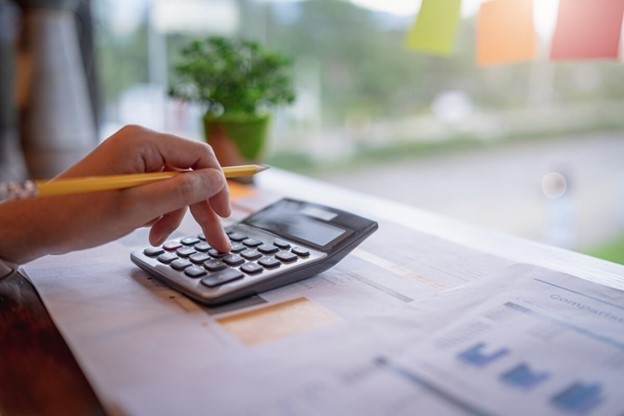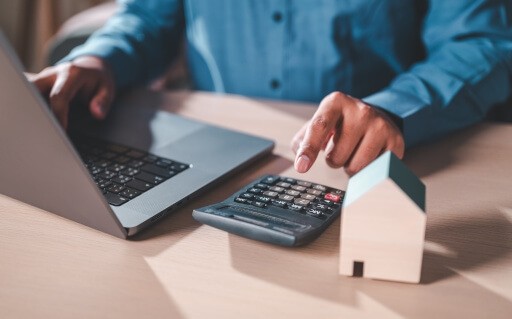Landlords can choose to include utilities in the rent, charge a monthly fee, or require tenants to be responsible for utilities. It's essential to be upfront with potential tenants about the costs and requirements for utilities, and to follow local and state laws. When renting out a property, it's important to discuss utility costs with new tenants, including which utilities are included, who is responsible for setting up and paying them, and how to handle them. Common rental property utilities include water and sewer, gas, electricity, trash, cable/internet, and security.
Utilities are additional monthly expenses that can add up quickly, for both tenants and landlords, so it’s important to discuss the topic of rental utility costs with your new resident(s) before move-in day. Questions often arise in these discussions as renters are interested in what exactly utilities are, how to set them up, and how much they cost.
Rental Utilities to Consider
To help give your new tenants a breakdown of the topic, let’s discuss the types of utilities in a rental property. Rental property utilities include:
- Water and Sewer (often as a combined expense)
- Gas
- Electricity
- Trash
- Cable and/or Internet
- Security
Most of these utilities are must-haves for any rental property, but renters are not required to set up cable, internet, or a security system. Oftentimes, landlords and property managers will lump water, sewer, and trash into one flat fee, making it easier for both themselves and the tenant since it may be difficult to get those utilities transferred to a new tenant.
Landlord vs. Tenant: Who Is Responsible for Utilities?
The question will always remain: who is responsible for setting up and paying utilities every month? The answer is that it’s up to you. You may either put utilities in your name, or you can require the tenant to put the utilities in their name instead.
Keep in mind that charging for utilities differs by property type. How and how much you charge for utilities will vary greatly if your rental property is an older home versus a new apartment. Perhaps you’ve split your home into several apartments, but there’s only one meter. It may be more difficult to split the price fairly this way, whereas it is usually easier to install a sub meter at a newer apartment to avoid this issue. It all depends on the type and age of your rental property, so be sure to check your local and state laws on the matter to be sure you are charging fairly (and legally) for utilities.
Although best practices vary on the matter, here is a common scenario to give you a better idea of the norm when it comes to whose name is on each utility:
| Type of Utility | Landlord vs. Tenant |
|---|---|
| Water and Sewer | Landlord |
| Gas | Tenant |
| Electricity | Tenant |
| Trash | Landlord |
| Cable/Internet | Tenant |
| Security | Tenant |
How to Handle Utilities
If you aren’t sure how you would like to handle utilities, we have three options for you. You can:
Include utilities in the rent
If you go this route, you can simply charge a flat fee for utilities every month, with the set rate outlined in the lease to avoid any confusion. If you include utilities in the rent, the utilities would be in your name rather than the tenant’s. Although including utilities will technically raise the overall cost of rent, it shouldn’t be too different pricewise for the tenant. When you meet with potential tenants for property tours and to discuss applications and moving in, simply mention that for your property, utilities will be included with the rent at a flat fee. Show what the price of rent is, explain the cost for each utility, and share with the tenant the final cost of rent every month.
Being a landlord means dealing with bookkeeping. Whether it’s receipts for repairs or keeping up with utility bills, it can all be overwhelming. Luckily, Apartments.com has a great solution. Our expense tracking platform helps you summarize rental expenses by property and tax category. From there, you can easily export them to CSV or PDF formats to make doing your taxes a breeze. Unlike our competitors, there’s no need to go off-site to a third party for required forms. With Apartments.com, you can download the required tax filing forms directly from your account, and they are backed up for seven years.
Charge a monthly fee for utilities
If you decide not to include utilities in the rent, you can always charge a monthly utility fee instead. In this option, utilities will also be listed in your name, so you have a bit more control than if they were listed in the name of your tenant. You can choose to either charge a flat rate per utility or you can base the cost of utilities per month on usage. It’s up to you! However, it’s important to ensure you are following your state and local laws on the matter.
Require tenants to be responsible for utilities
You also have the option to require tenants in the lease to set up and pay for utilities on their own. Each utility would be in their name in this scenario, and whether they are charged a flat rate or based on usage is dependent upon the utility provider.
Although any of these options will work, it’s most common for landlords to use a combination of the methods. In reference to the chart above, many landlords may find that it’s easier to charge tenants a flat fee for water, sewer, and trash, whereas it’s easy for tenants to set up security, gas, electricity, cable, and internet in their own name. For example, if the cost of rent is $1,300, and you charge a flat rate of $75 per month for water, sewer, and trash, then the tenant’s total rent is $1,375 per month. Their other monthly fees for additional utilities would not be included in their rent payment, but rather paid individually to each utility provider.
Remember: Be Upfront with How You Charge for Utilities
No matter the option you choose, you must be clear and upfront with your applicants. Renters interested in your property will most likely ask about move-in fees, additional costs, and utilities, so it’s important that you have an answer for each. The cost of move-in fees, additional monthly payments, the cost of rent, and utilities should all be outlined in your lease, as well as the requirements for utilities. For instance, if you require tenants to set up gas and electricity, with the option to set up cable, internet, and security on their own, you must say so in the lease.
Once their lease is up, you can change the way that you charge for utilities if you’re not happy with your choice. You can either give a written notice with the lease renewal of changes to expect in the lease, or if it’s a new tenant, you will simply need to inform them about how you charge for utilities. If you have a month-to-month lease with a tenant, you can make changes every month, typically with a 30-day notice.











